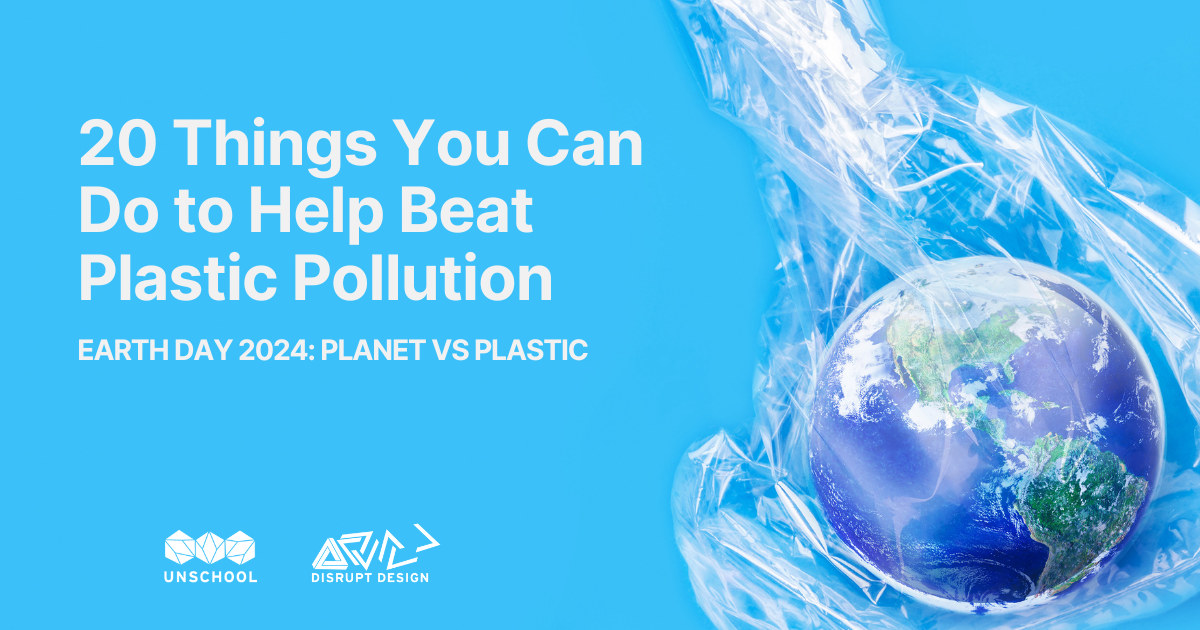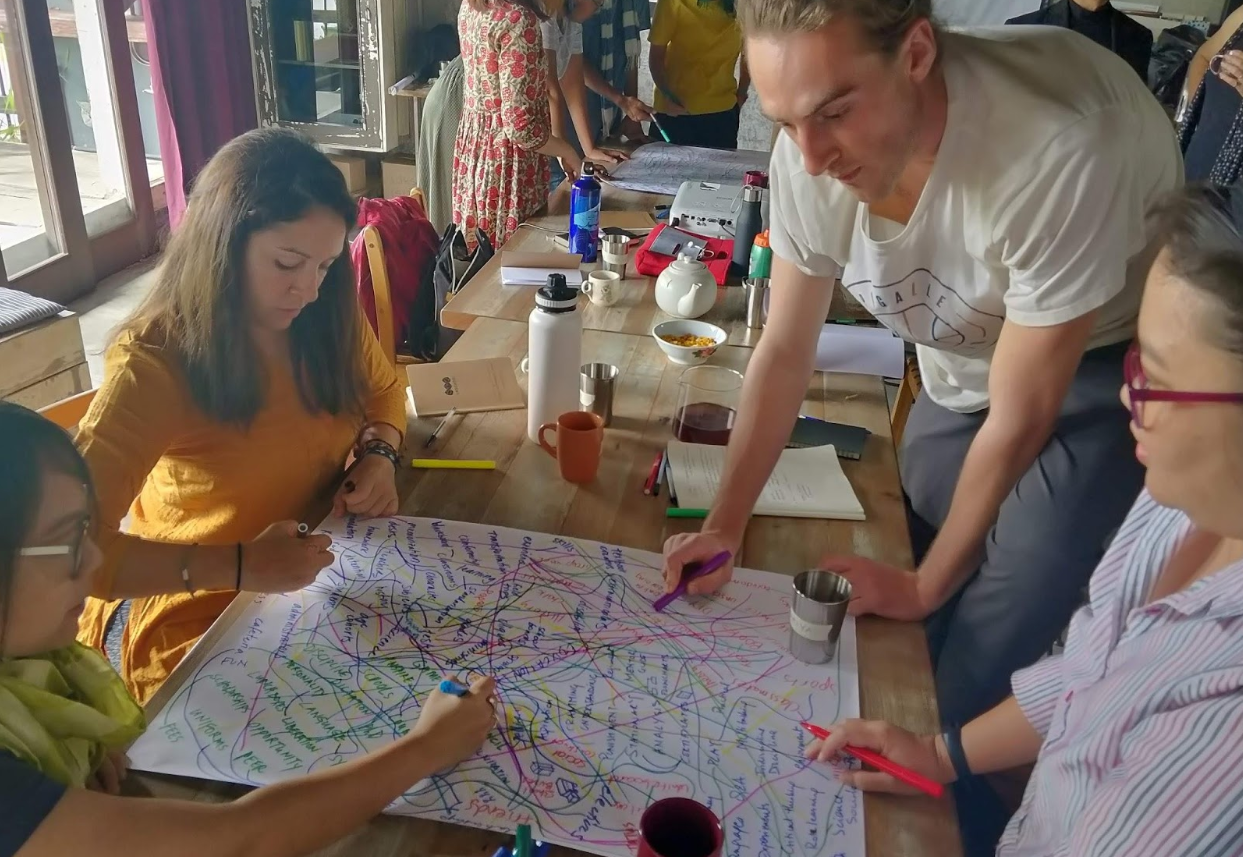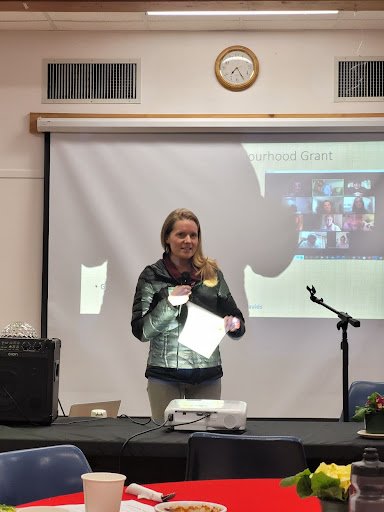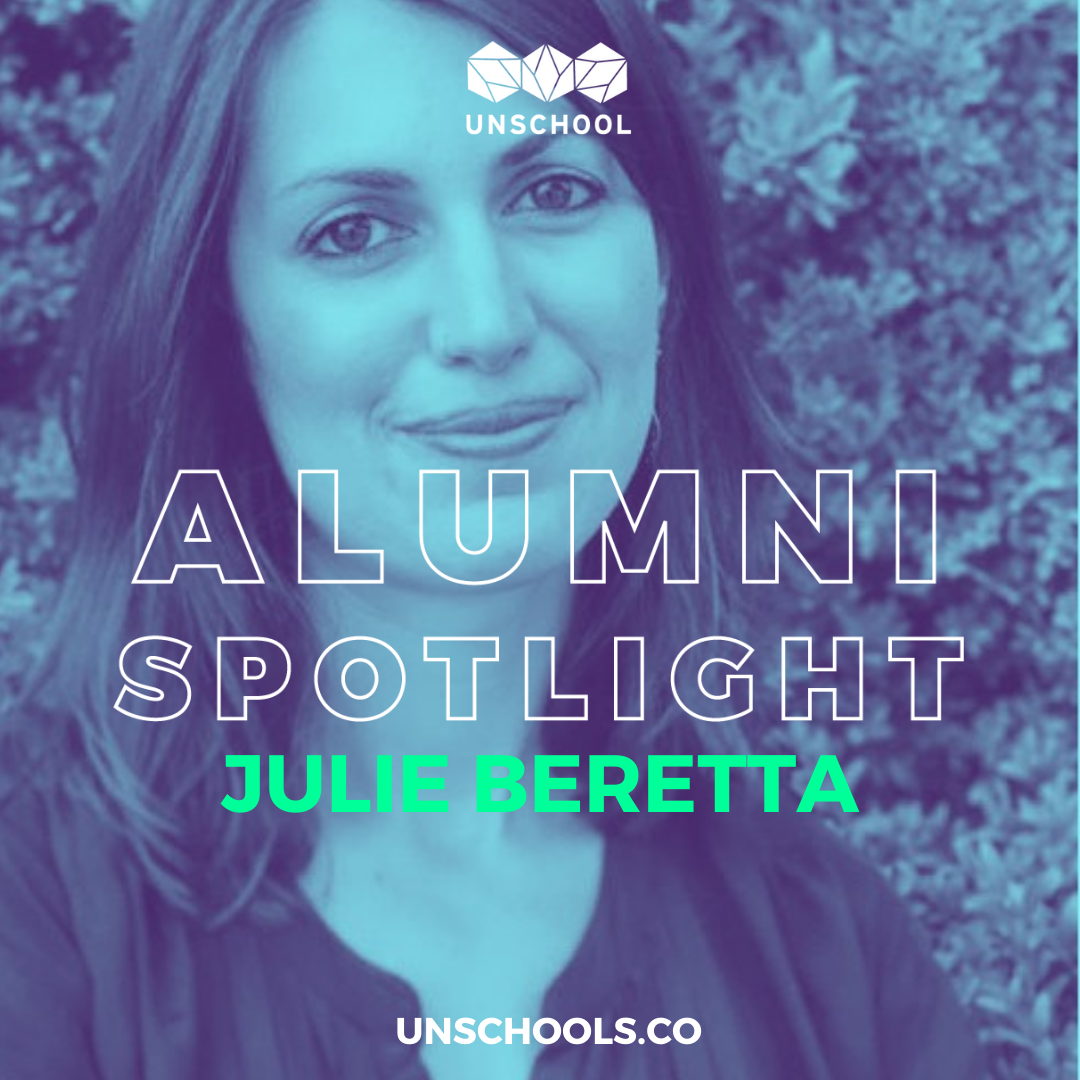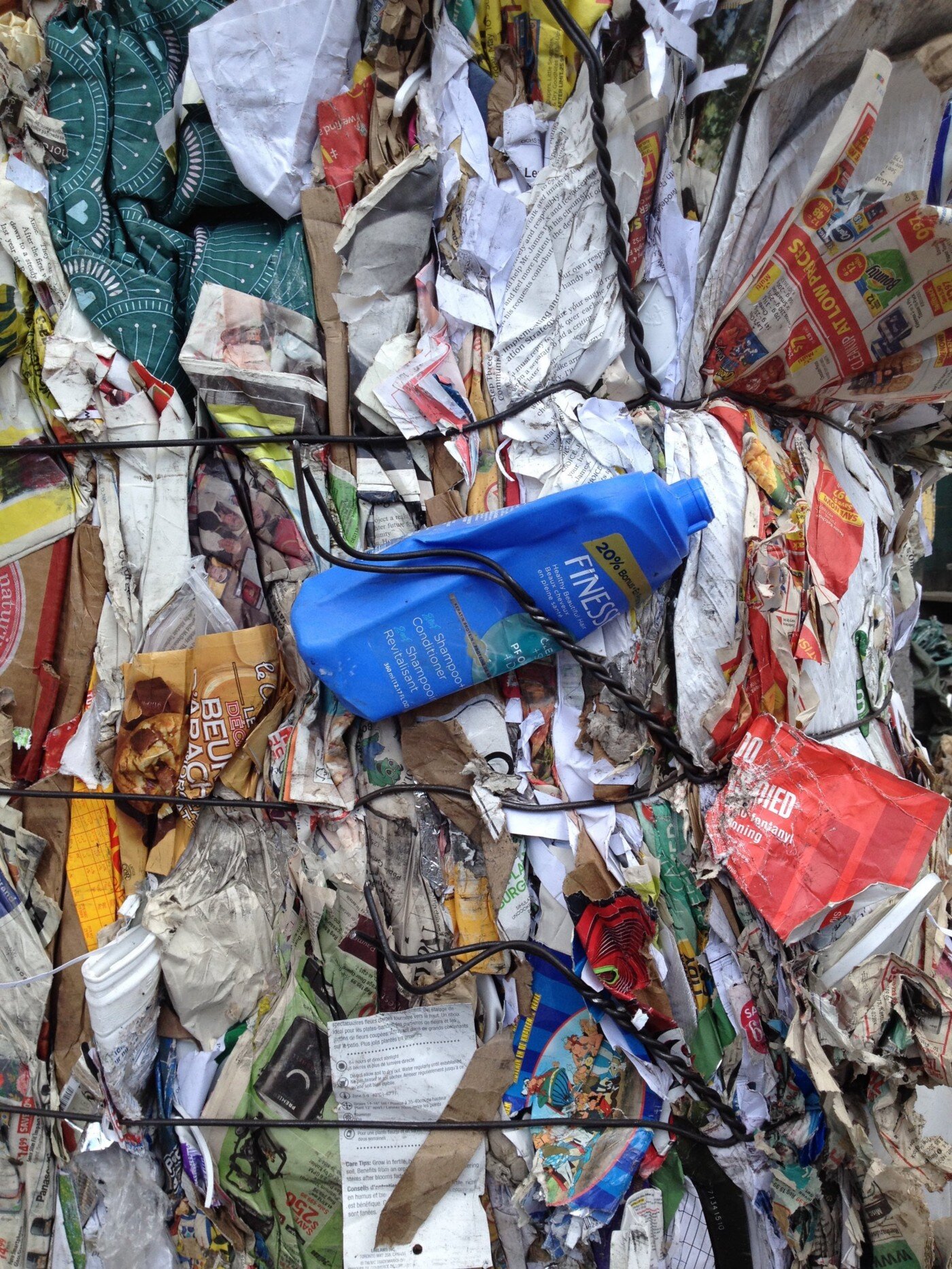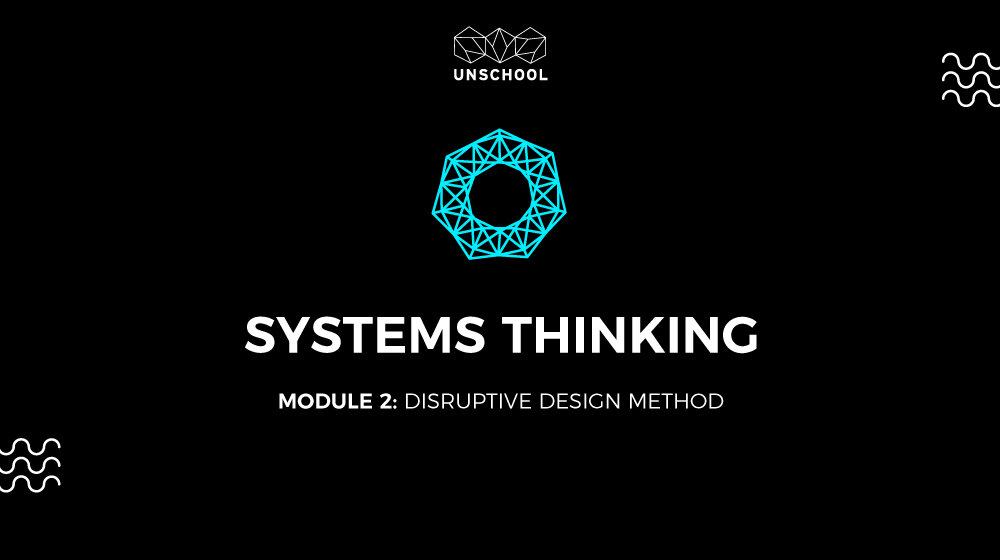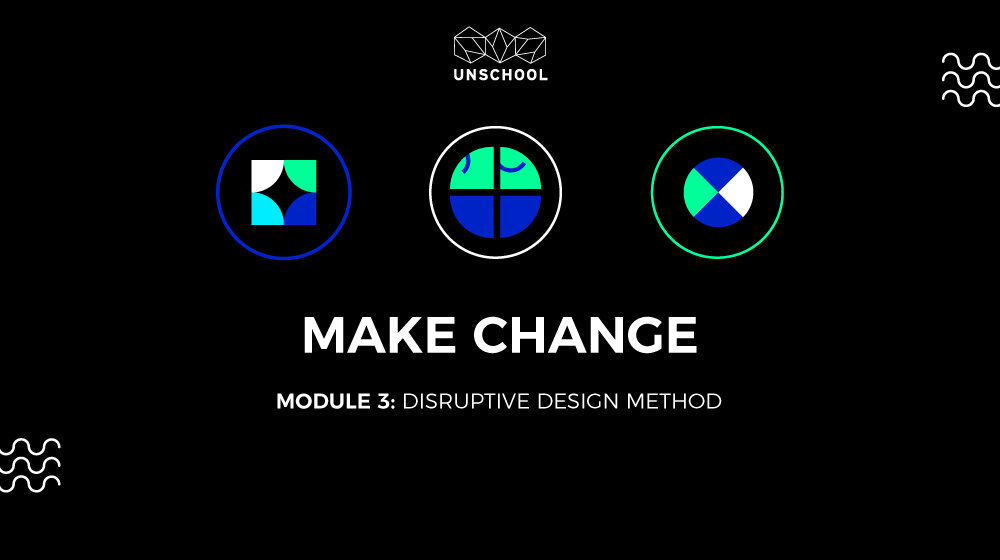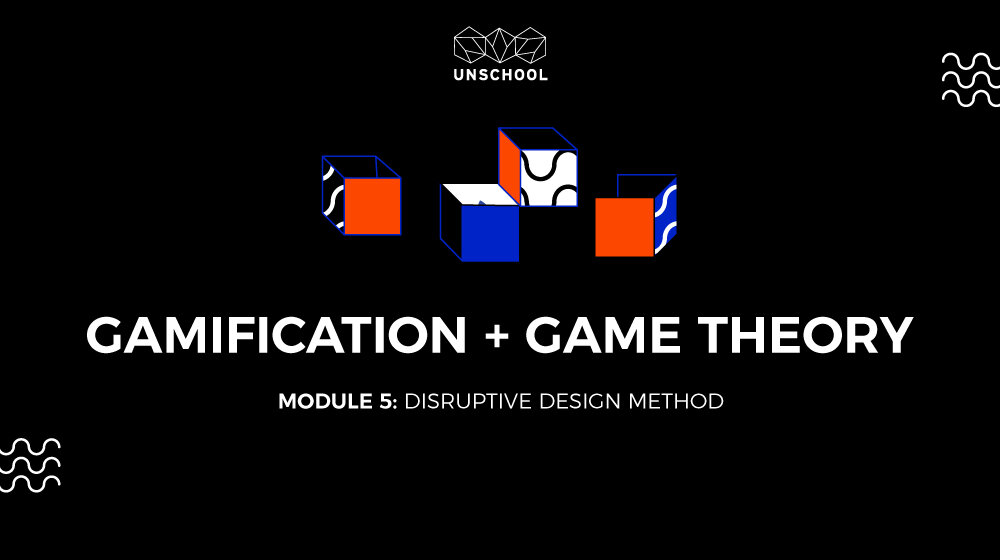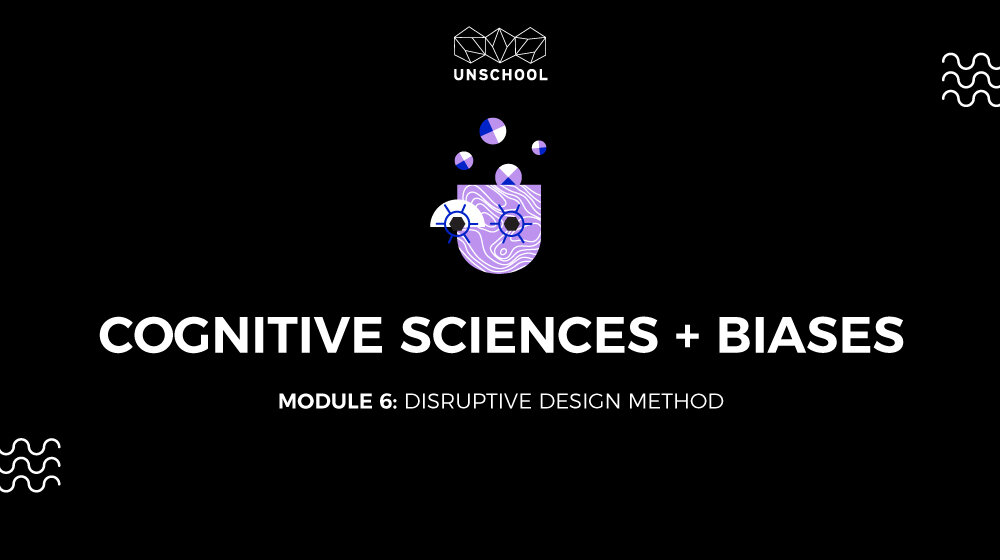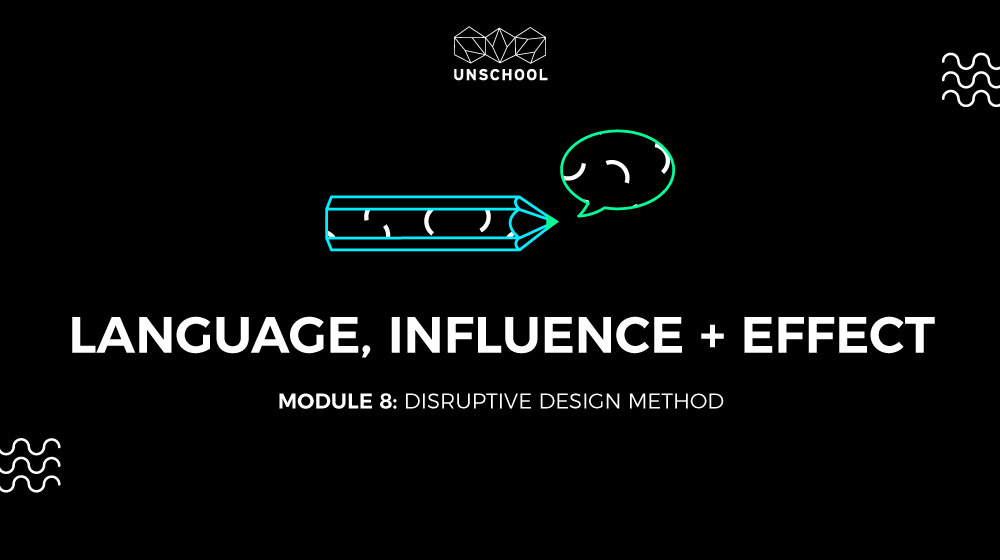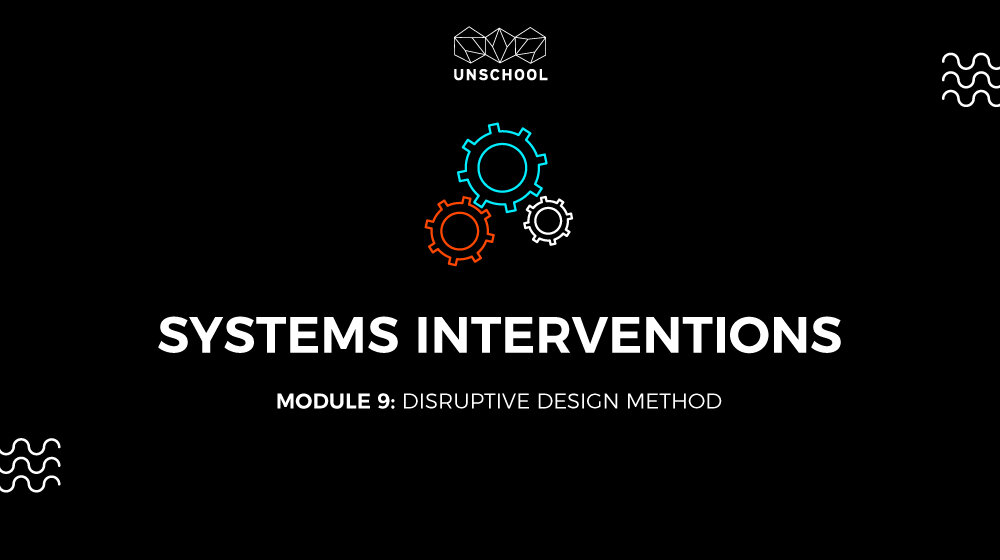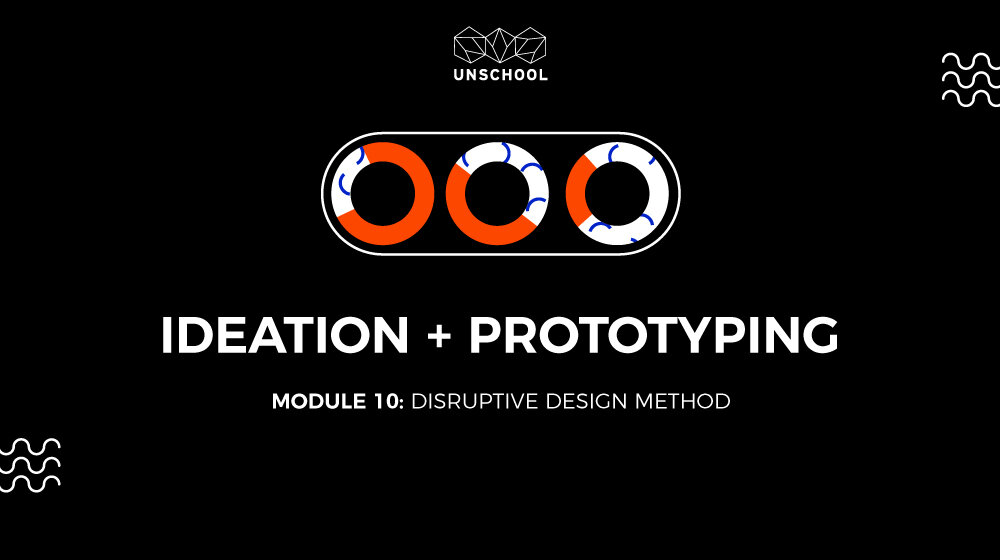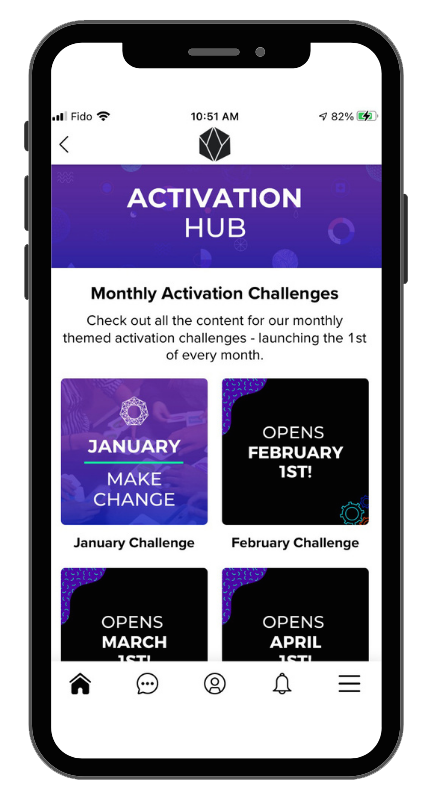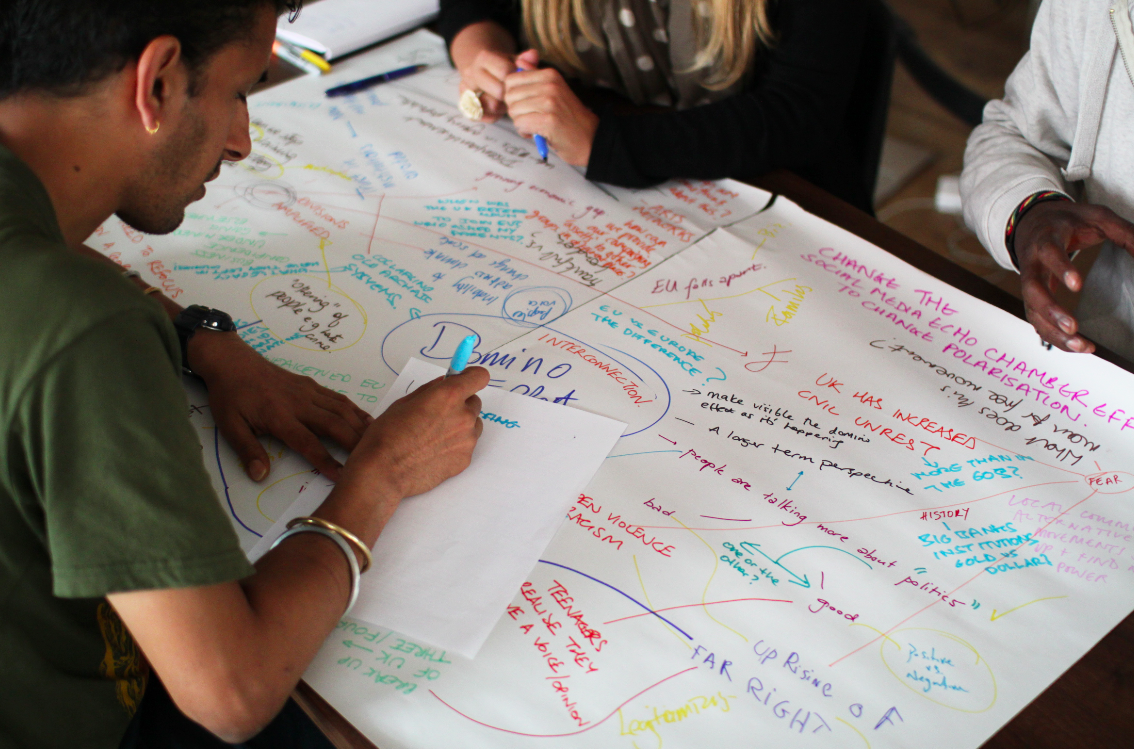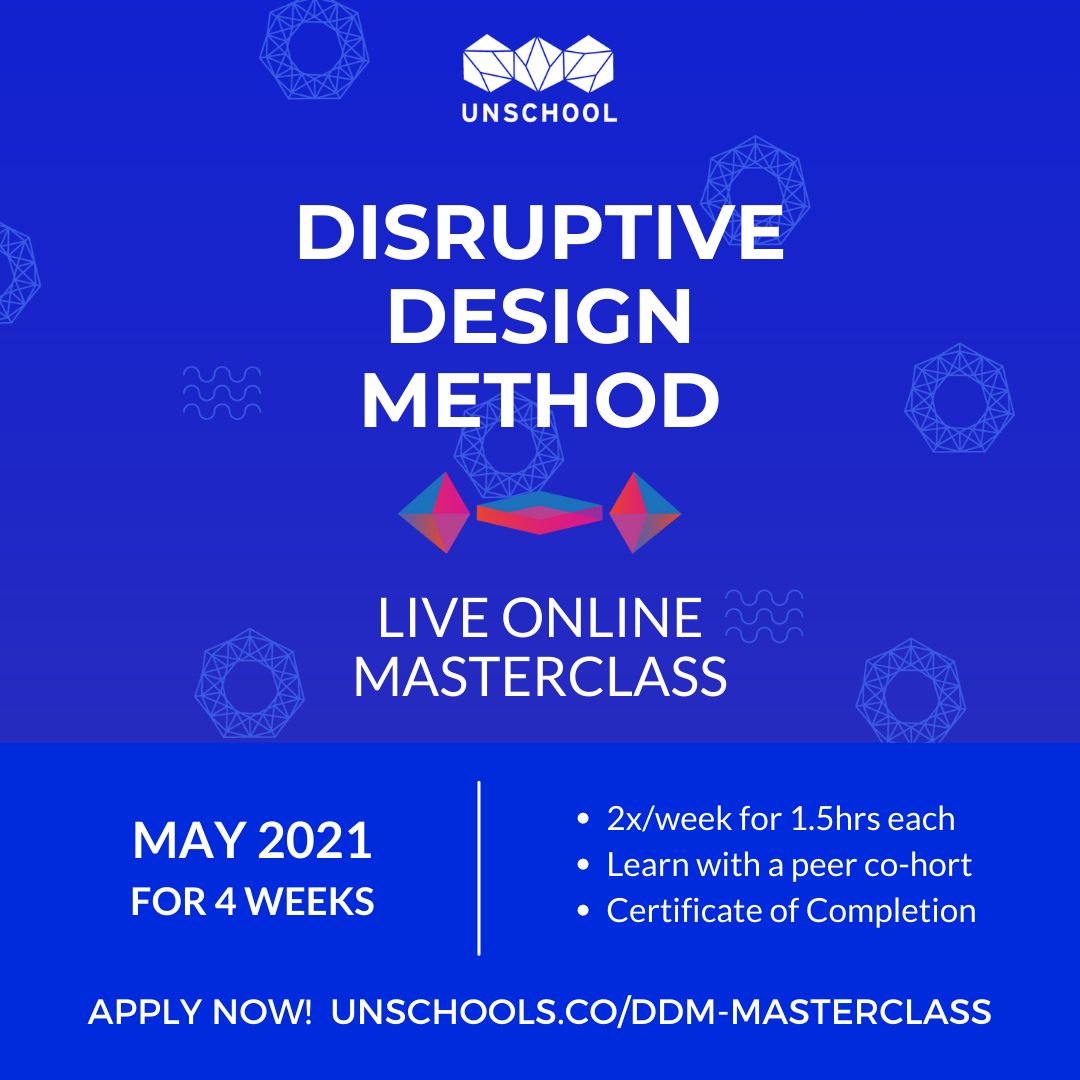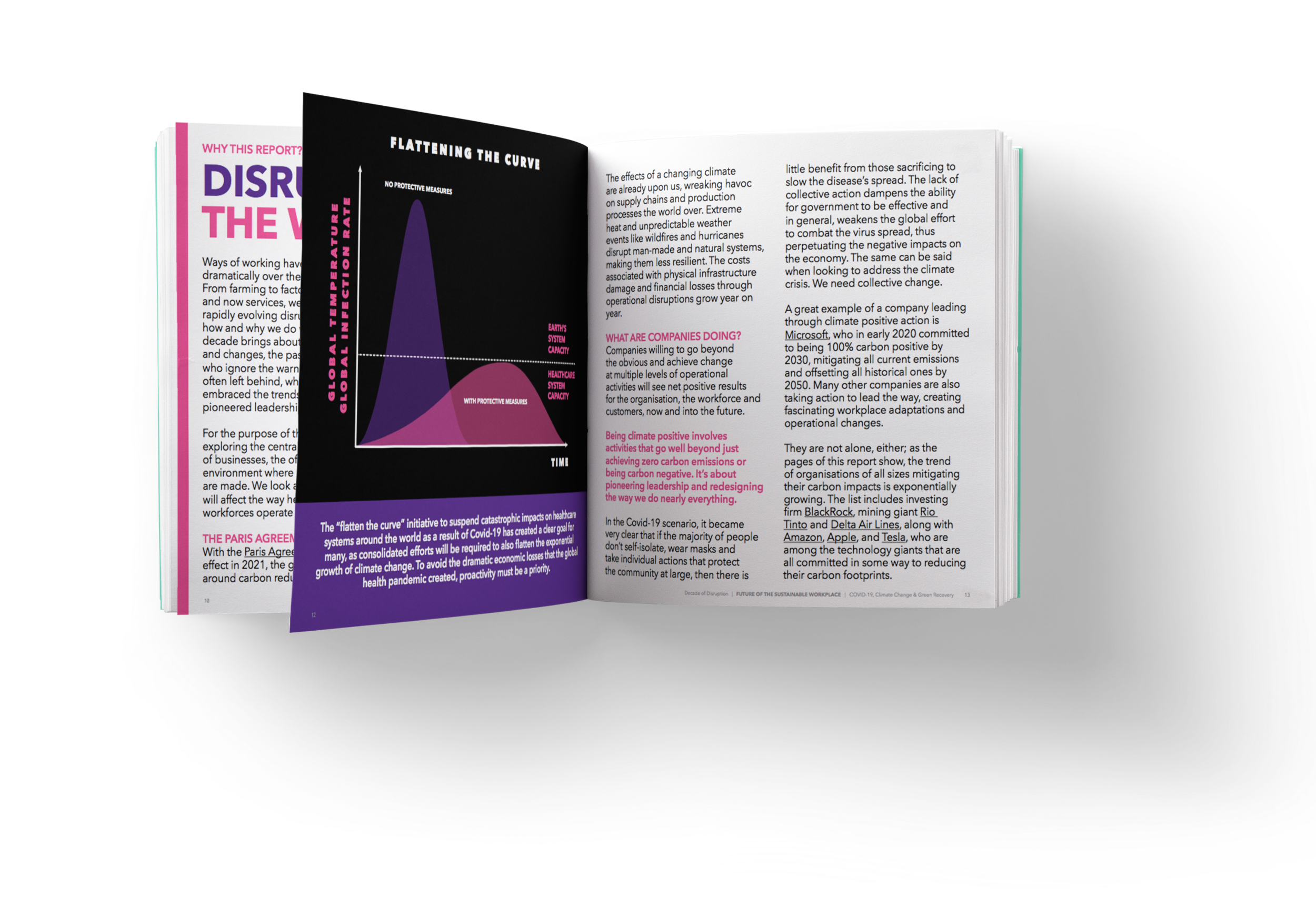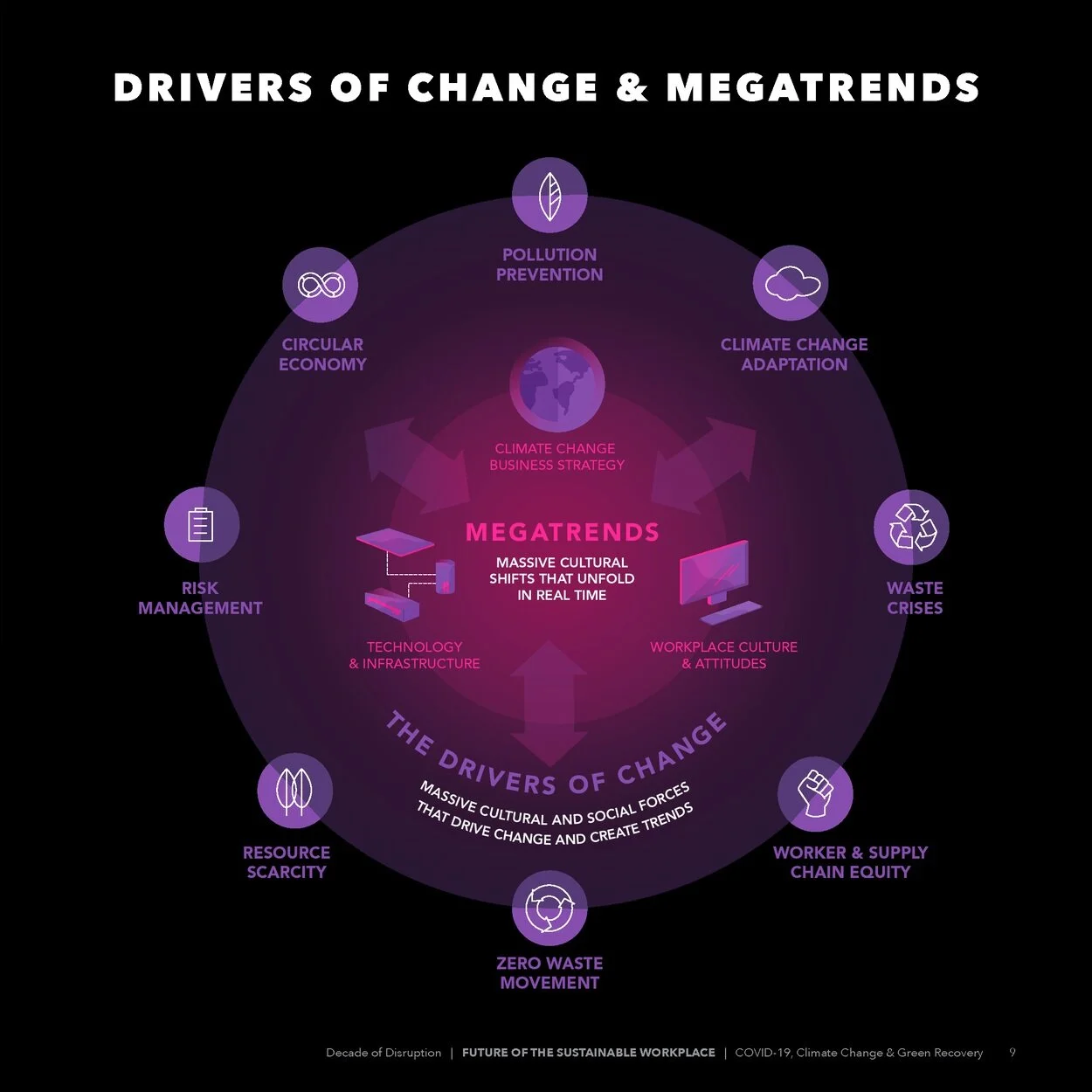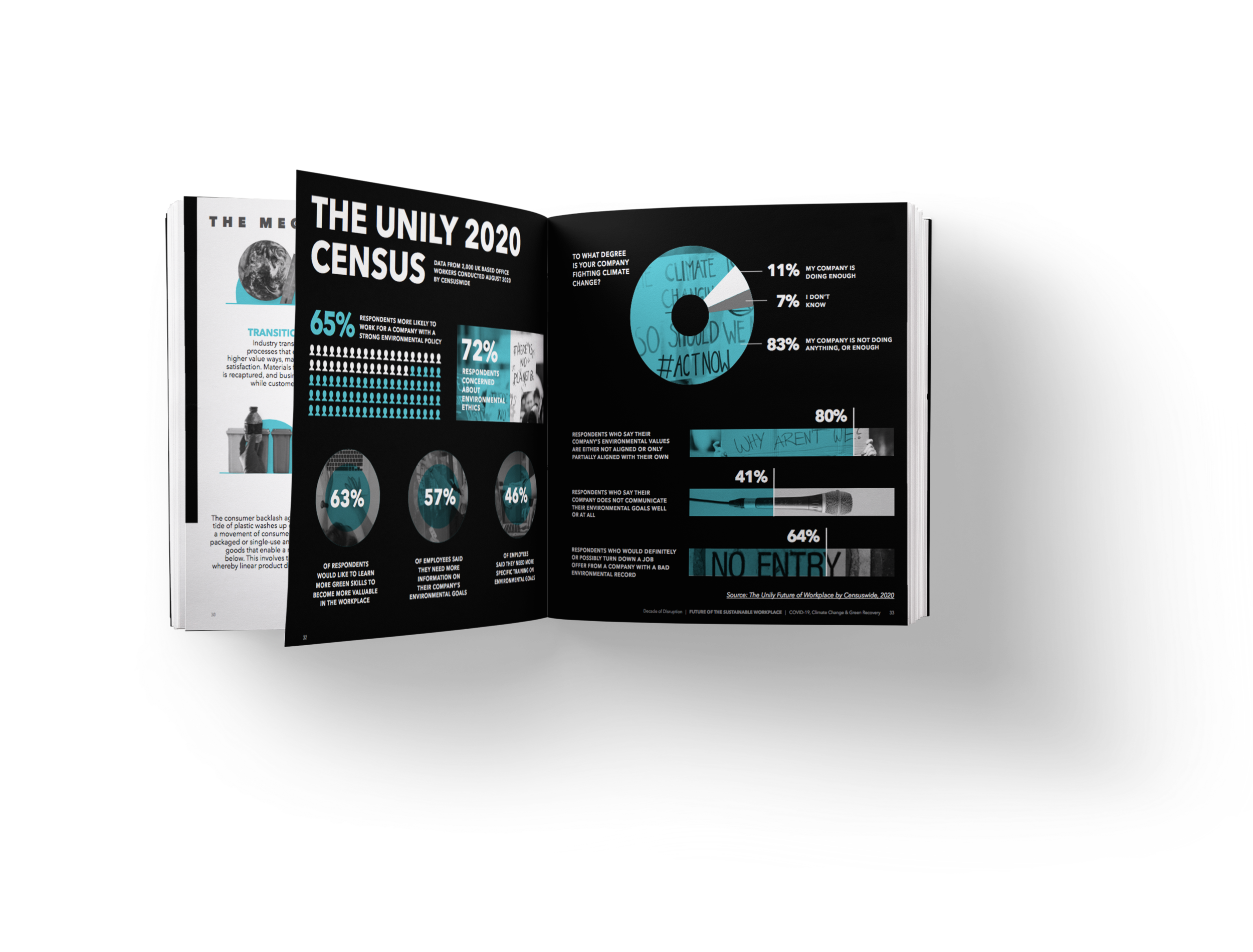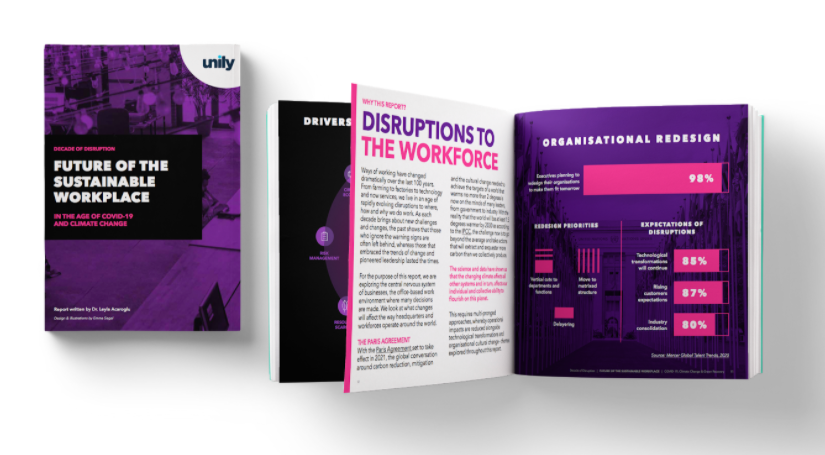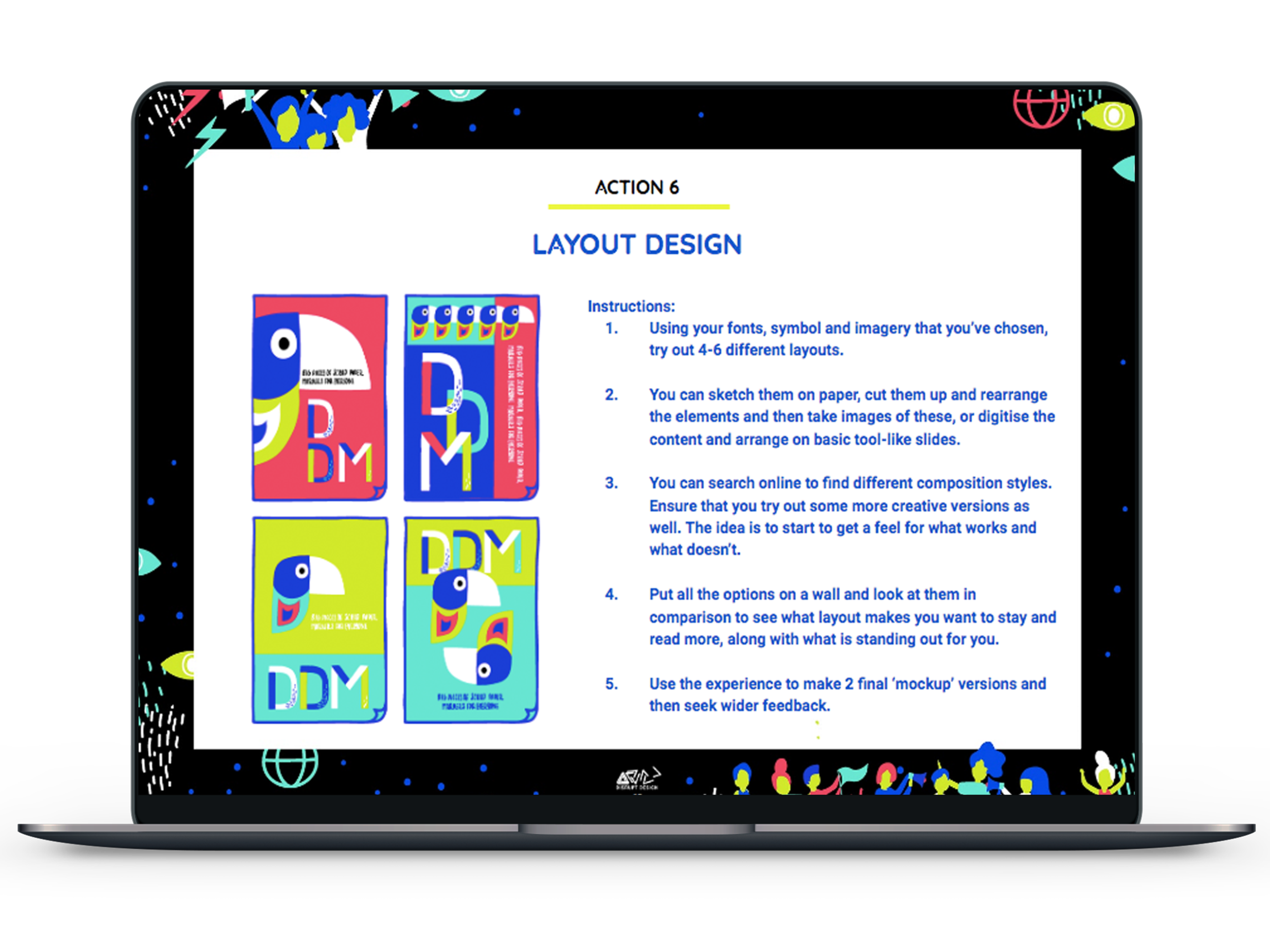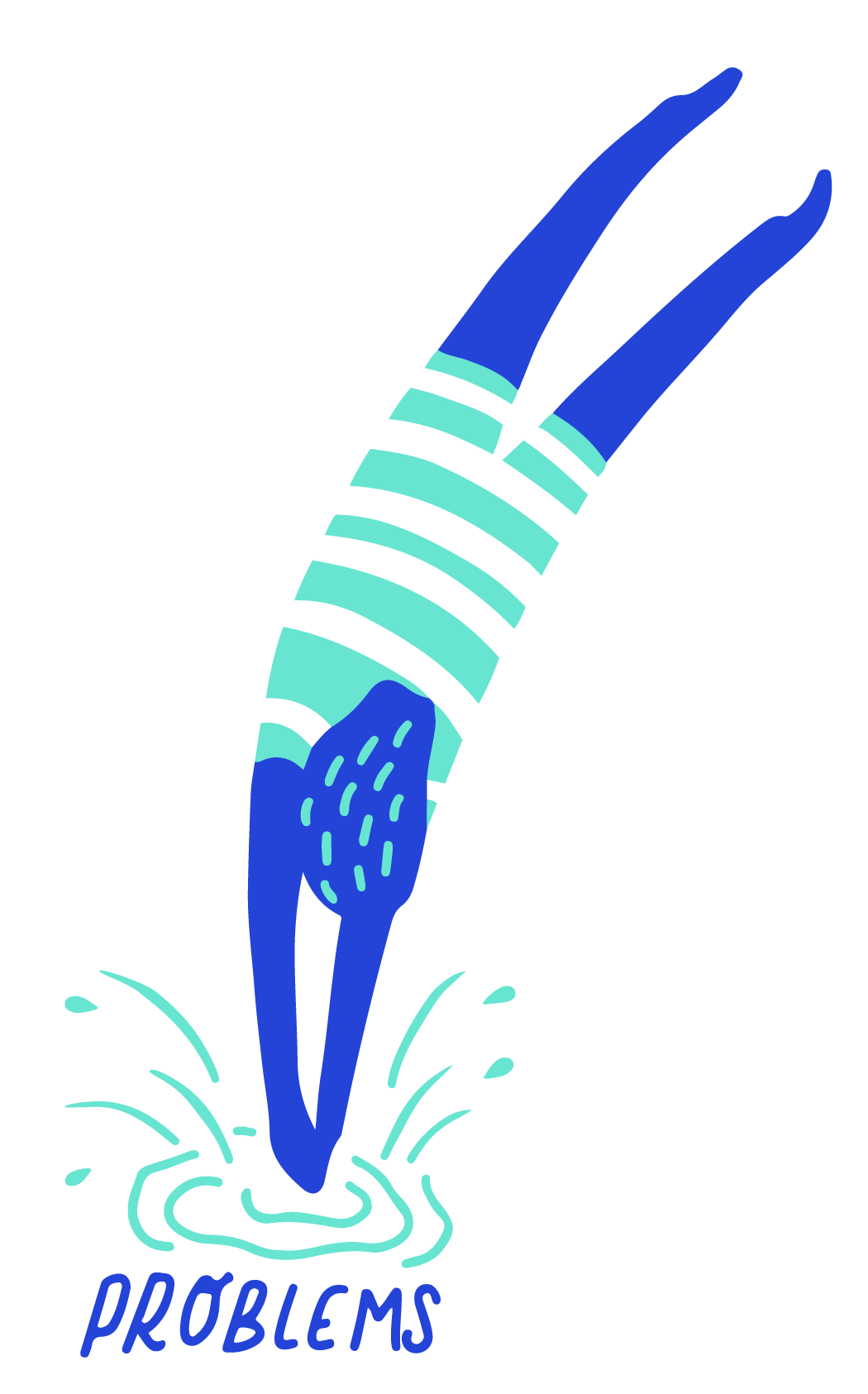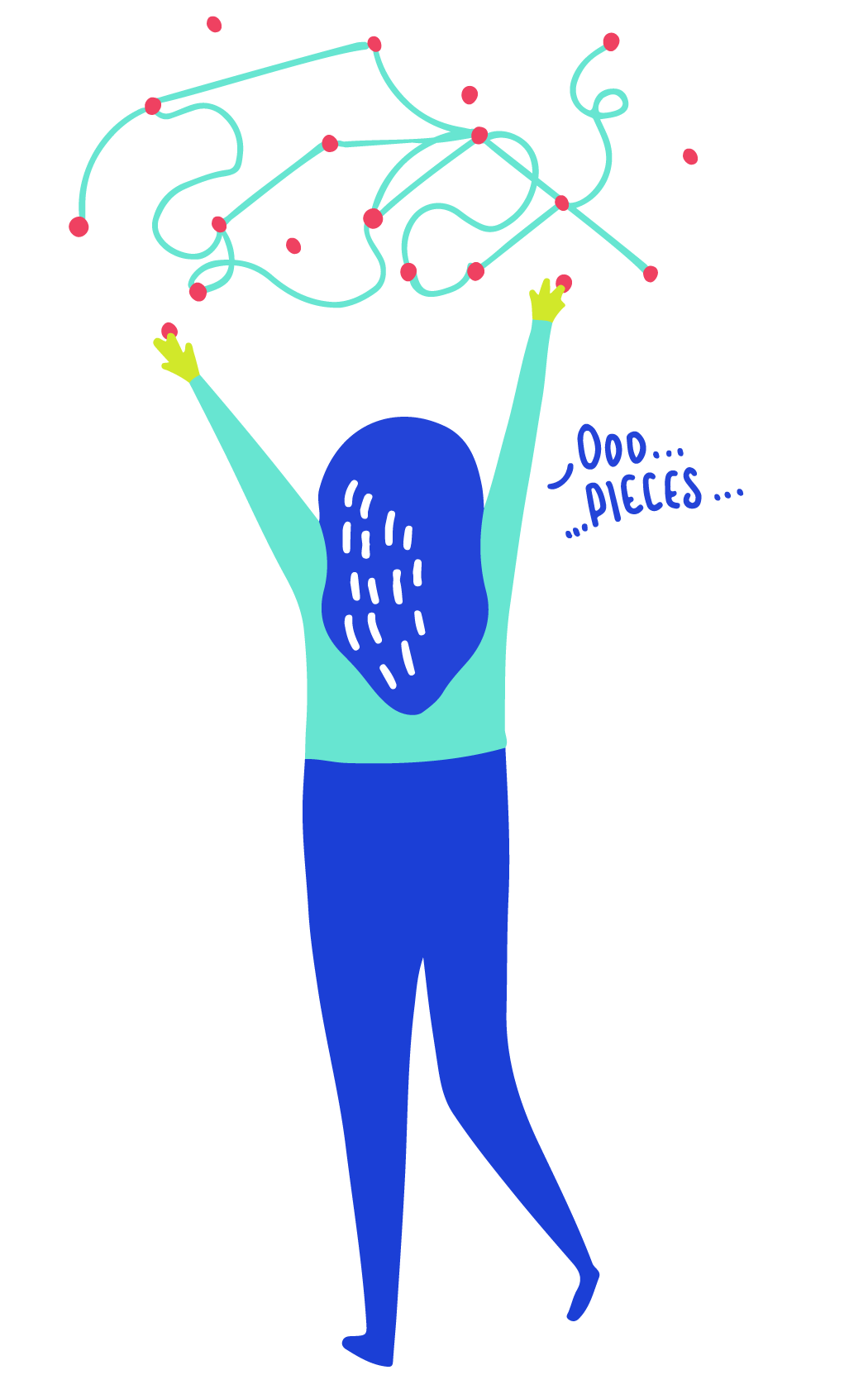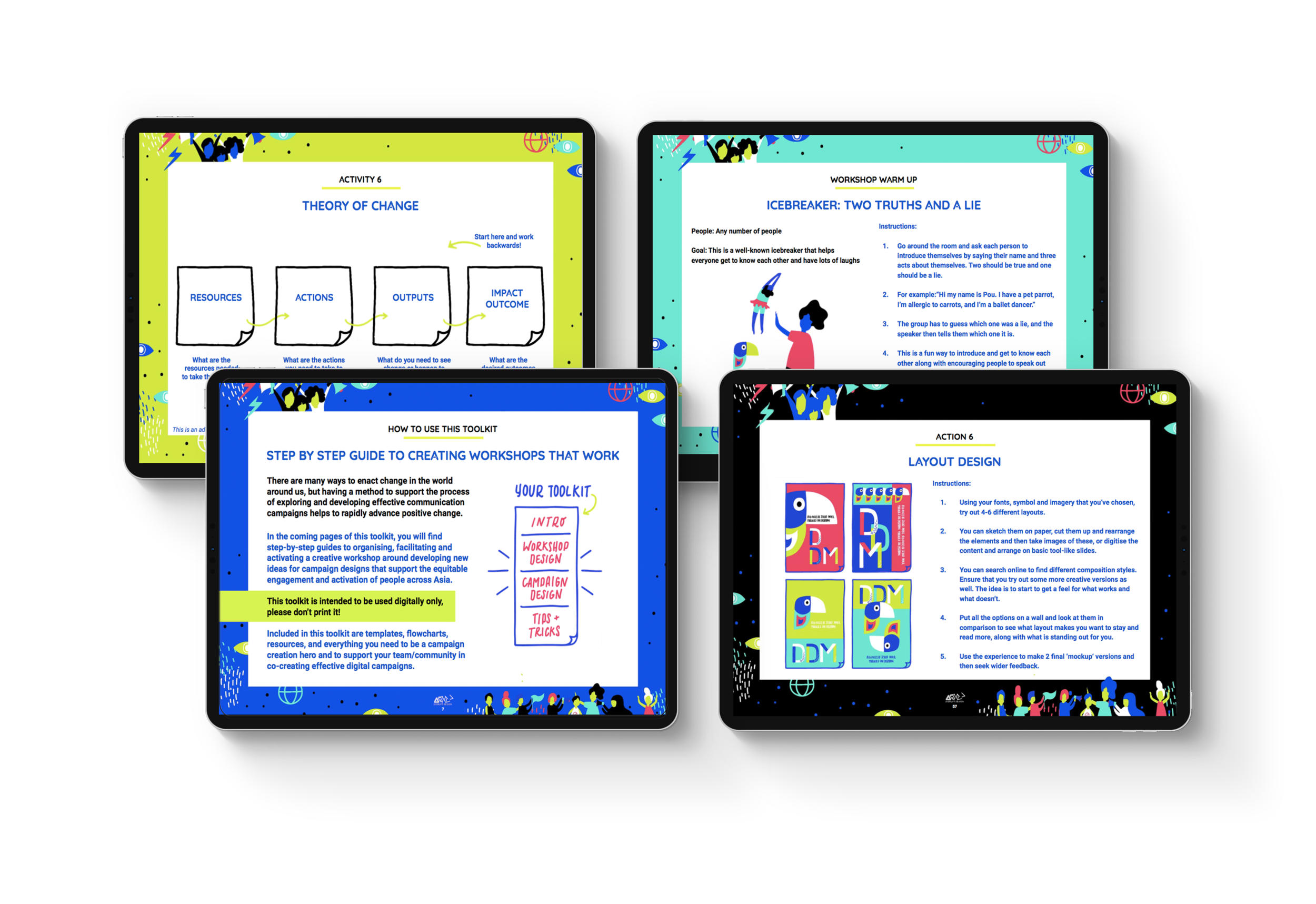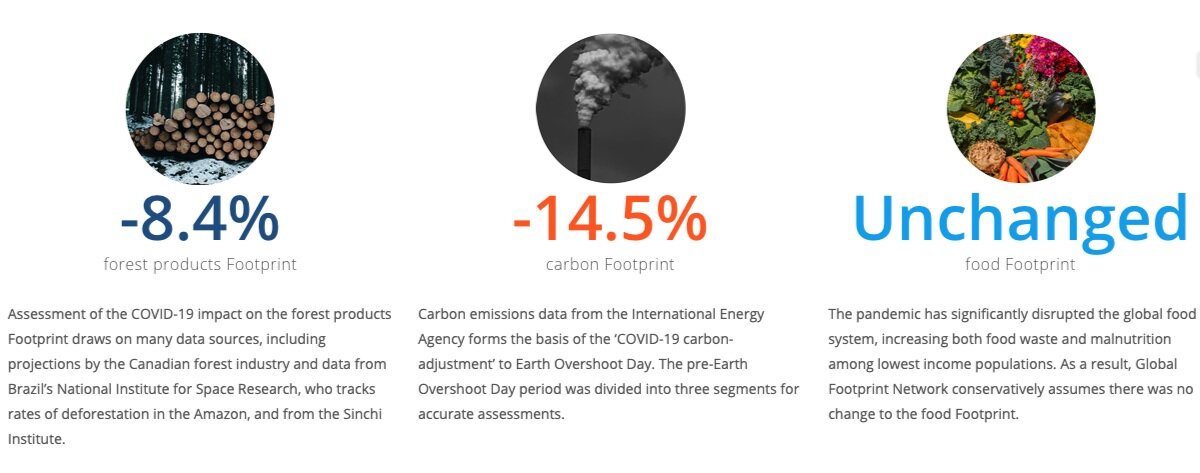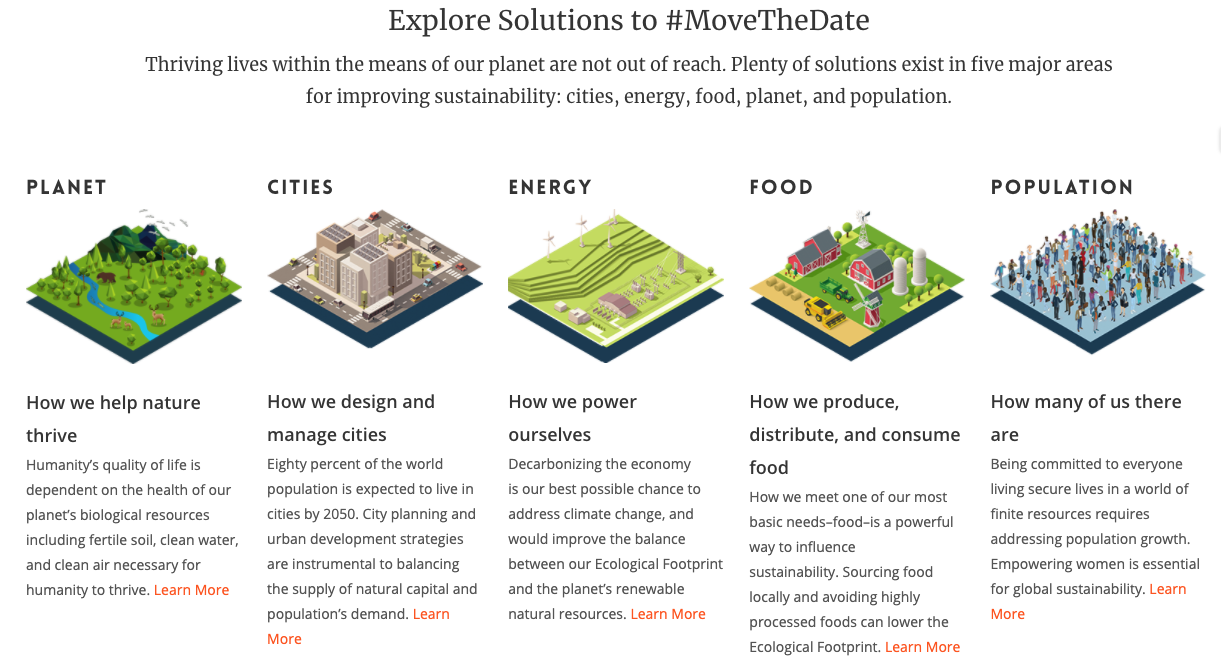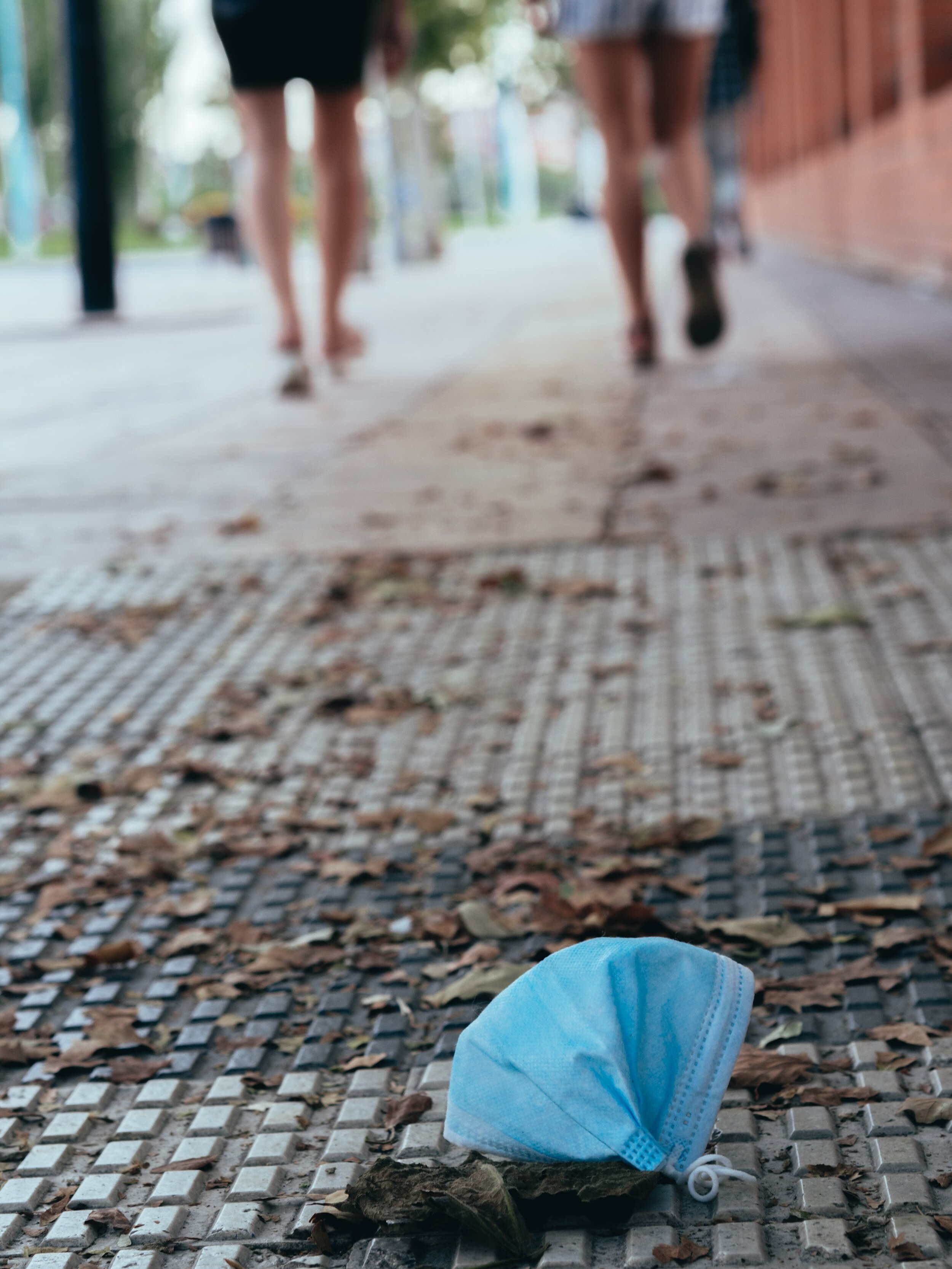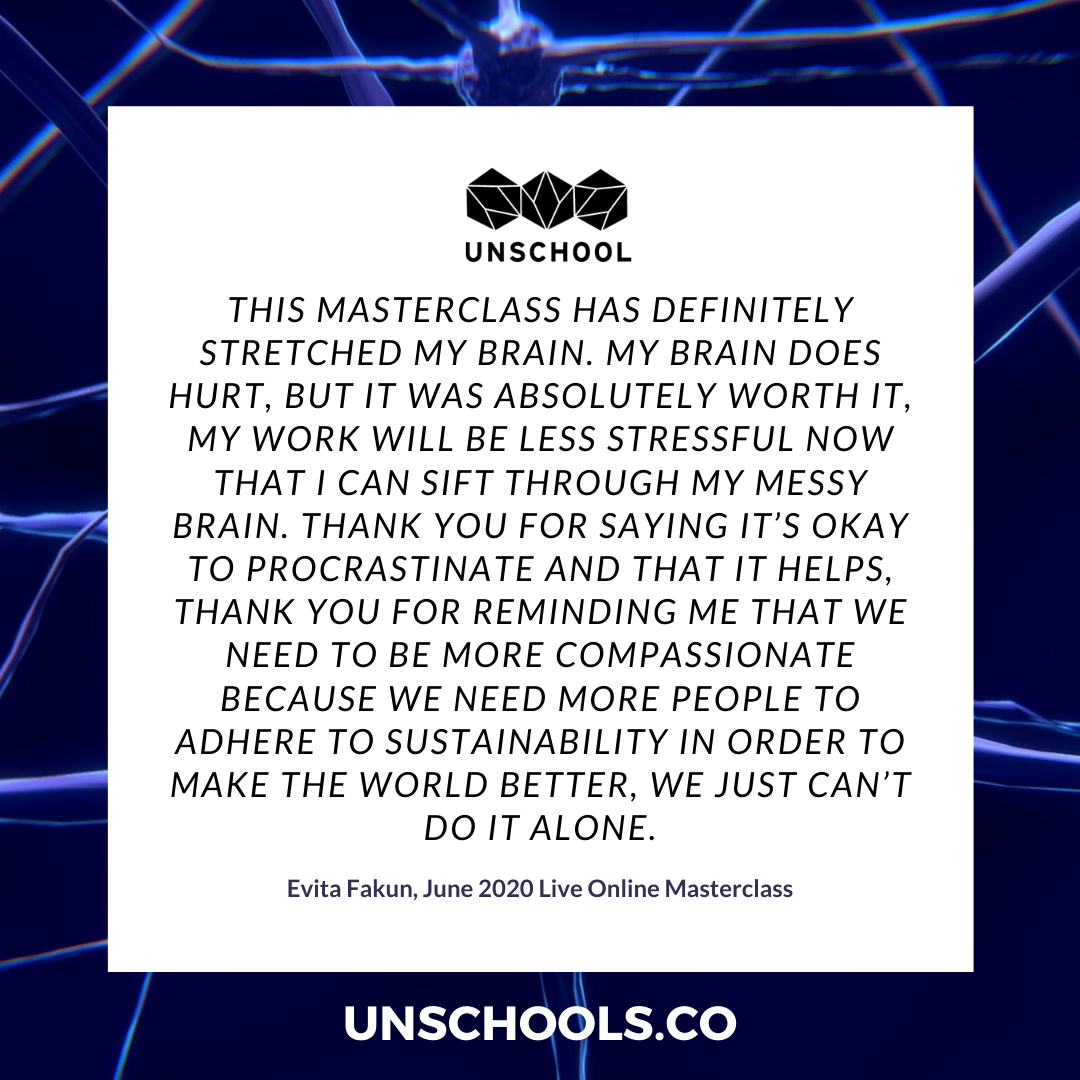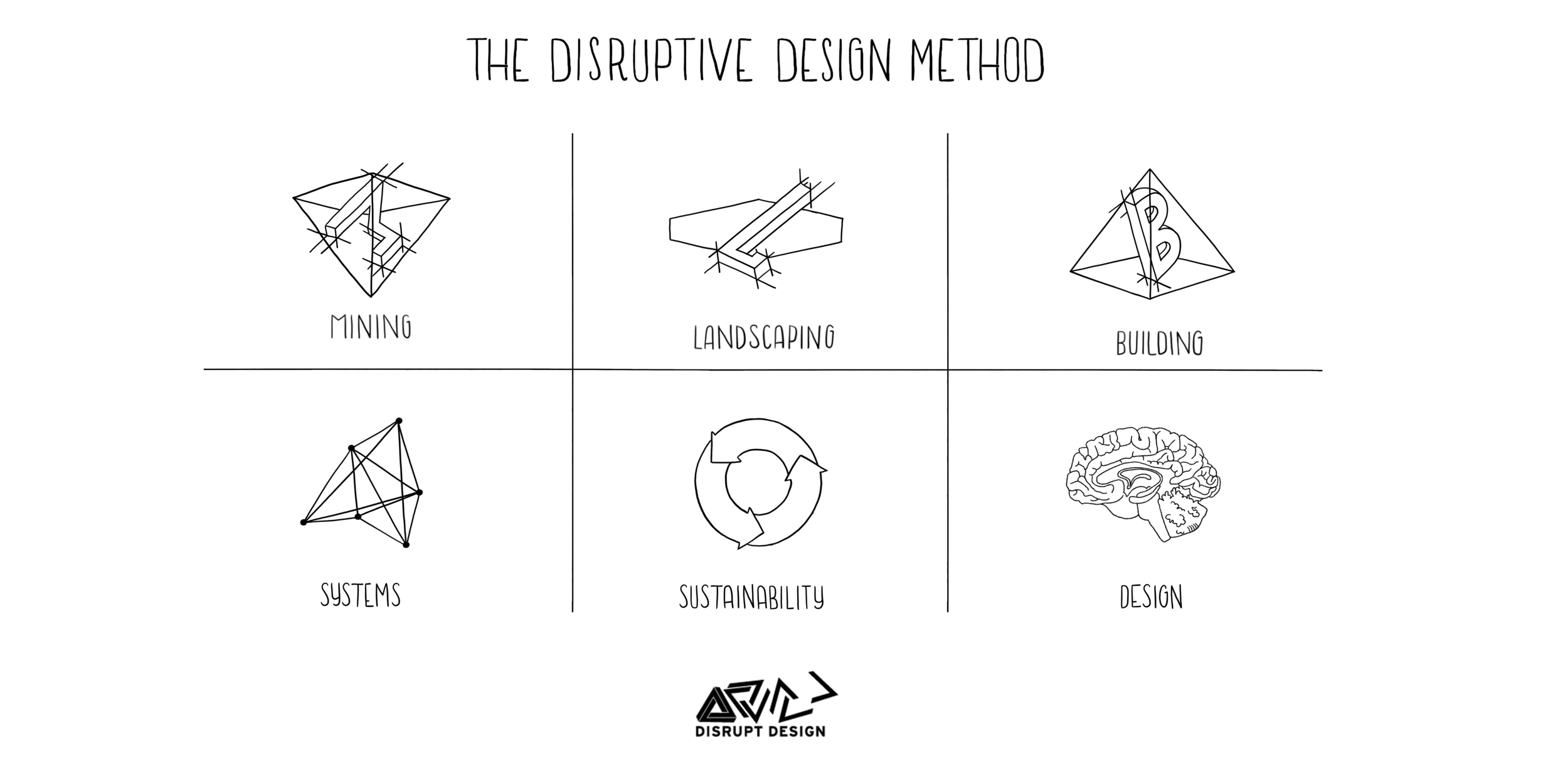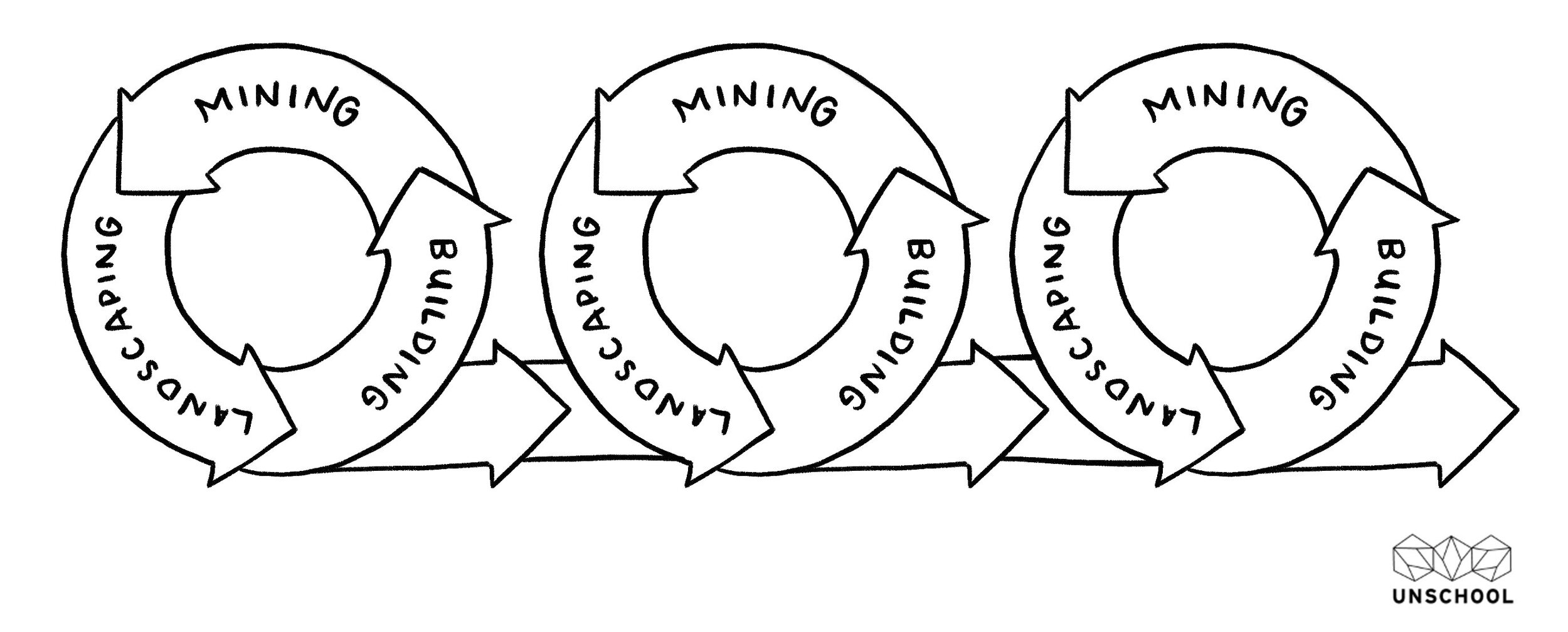In March 2022, the UN Environmental Assembly gathered in Nairobi, Kenya, and 175 nations agreed to develop an international, legally binding agreement by the end of 2024 to end plastic pollution. Spurred on in part by the growing global awareness of the catastrophic impact that plastic waste is having on the environment, especially the oceans, this historic day also highlighted the importance of us rapidly shifting to a circular economy.
With the UN’s agreement set to come into effect at the end of this year and this year’s Earth Day theme being Planet vs Plastics, we are sharing 20 actions that anyone, anywhere can take to help tackle plastic pollution.
This is a complex topic, one I have written about in the past. I’ve explored how recycling is broken and asked, Will Global Plastic Bans Work?
In 2018 we launched a campaign for a post-disposable future, as one of the main drivers of plastic waste has been the rapid transition from reusable to disposable items in everything from food service ware to sanitary items.
The big changes we need to see will take all of us contributing in different ways, and one person’s actions can help make a difference, especially if those actions help create a movement.
If you want to see more everyday actions you can take to make a positive impact, check out the UN collaboration we did called the Anatomy of Action.
20 WAYS to beat plastic pollution
SWAPS: Opt for reusable as often as possible and get creative with trading in your local community
Swap from single-use to reusable: This can be done across many areas, from how you get water when you’re out and about to what you choose for your office lunch. Swapping out a single-use to reusable can include bringing your own container or vessel, or finding the time and place to use the reusable options provided.
Rethink food storage: Eliminate plastic baggies and wrap by swapping to reusable containers and beeswax wraps to store food at home.
Ditch single-use period products and opt for new reusable ones: The silicone cups are life-changing! Reusable for years and very effective to use, one cup can save thousands of tampons from being used. The many new period underwear products are also helping save women money and reducing a bunch of plastic, so check out what’s on offer for you and switch out the plastic in your monthly cycle.
Have a clothing swap with friends! Not only will you save your old clothes from the landfill, but you'll also get new outfits for free and have some fun social time. Many clothes are filled with plastic, so in general, try to always opt for second-hand or locally designed and made garments.
Find some freecycle or like-minded communities in your area: Depending on your city, these swap-based communities trade goods and services with the caveat that it’s free.
SERVICES: Utilize services that are designed for and support the circular economy
Use a clothing or tool library: If you have these in your city, you can borrow, rent or lease anything from drills and exercise equipment to a fancy outfit you only need for one night.
Food waste delivery services: Many cities have companies that save food from waste (usually due to overstock or minor aesthetic issues), and you can often get a lot of great produce and meals at a discounted price. Check out the Too Good to Go App to see if it’s active in your area.
Subscribe to a low-packaging service: This is common now for things like personal care and cleaning products; they often come in tablet form so you are not paying for all that water, and you can use the tablet in a reusable bottle.
Compost! If you don’t have space at your home, your neighborhood or city collection might have a green waste pickup service. Many places have community gardens that will accept it as well. You can buy small-scale worm farms to have mess-free, odor-free vermicompost right in your home, which takes up a very small footprint.
If you have a little one, look for a nappy/diaper washing service: These product-service-system models will lease you the clean reusable diapers and take away and bulk wash the dirty ones (this is key to making them more sustainable, as the bulk washing saves water and energy).
STAY CREATIVE: Embrace DIY & activated agency by making your own items and speaking up in support of preventing plastic waste.
Make your own! This is a great solution for many household cleaning products and food items like non-dairy milks (almond and oat milk are very quick and easy to make — check out out Hero Veg Cookbook for recipes on how to make these!). You can even make your own deodorant, toothpaste, lip gloss, eyeliner and many other items with a few basic materials, and the internet has tons of instructions on how to do these.
Take your own: A simple but powerful option is to ask a shop to fill your own vessel when getting takeout or to-go food. You may get rejected, but it's worth asking and raising awareness of this need. Lots of really cool reusable food container services are popping up all over the world, and they might already be in your community! Check out the Dabba Drop in London as an example.
Actively refuse single-use items when offered and make a point as to why: This could be when you are in a sit-down cafe and they bring you a drink in a disposable plastic cup; when ordering, check first what the item will come in and make sure to ask for a reusable option.
Don't be afraid to ask: Be it at your local cafe or your kids' school, ask for reusable options and explain why. The more people who request this, the more likely it is to become normalized and adopted.
Know your local recycling options and optimize for them: Most places still don't accept soft plastics, but every local waste service is different. Do a quick Google search to learn about your local pick-up and recycling options, and when you’re shopping, select items that can easily be recaptured.
SHOP SMARTER: Be extra choosy about where and how you spend your consumer power
Seek out zero waste shopping solutions: For example, the ZeroWasteStore app enables you to get pantry items without the plastic.
Buy bigger: Another great option for pantries, especially when it comes to soft plastic for household staples like rice, is to look for bulk options that will reduce the amount of plastic you purchase. This often saves you money as well when you buy in bulk, seek out specialty stores that offer bulk purchasing.
Support shops and stores that are offering zero waste and plastic-free shopping: The key is to reuse packaging, not just swap to a different type of material that is disposable. So find stores that are actively reducing their plastic use and support them — it makes a difference!
Find a local farmer to shop from: Many communities have farmer subscription services where a box of farm fresh food can be delivered to your home plastic-free. This will not only save you money and reduce the amount of plastic you get on your fruit and veg, but it also helps support local farmers (who are heroes in my mind).
Invest in start-ups and services that are creating post-disposable products and services: The best way to see more services available is to invest in them, and early adopters can often bear the financial load. But if you can’t afford it, and want to see more of it, then seek out and invest (by becoming a customer) in zero waste and sustainable services.
HUNGRY FOR MORE?
If you want to explore more things you can do, explore circular business models in our free Circular Business ReDesign Kit, download our free Superpower Activation Kit, or take on a post-disposable design challenge by downloading our free Post-Disposable Kit.
The UnSchool also offers a lot of free content, email micro courses, professional programs and accredited online certification tracks to help you be a more activated participant in solving global social and environmental issues.


